Follow the bends of the Mississippi and you’ll find small towns where history, nature, and local flavor converge. These are places where brick storefronts meet blufftop overlooks, and museums illuminate the river’s working past. From eagle-watching to winding cobblestone lanes, each stop offers a memorable, get-out-and-walk experience. Ready to plan a slow, scenic road trip packed with character and discovery?
Galena, Illinois

Galena feels like a preserved chapter of the 19th century, with a walkable Main Street lined by brick storefronts, antiques, and cozy cafés. Hills curl around town, leading to scenic trails and overlooks perfect for afternoon rambles. Step inside Ulysses S. Grant’s home to connect with Civil War–era stories, then follow the easily readable signage that threads history into each block. Browse boutiques, sip local wine, and linger by the river at sunset. The town’s charm invites slow exploration, rewarding curious wanderers.
Grafton, Illinois
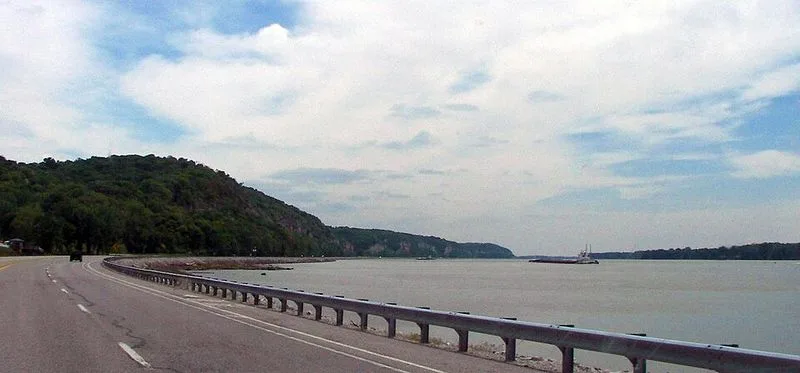
At the meeting of the Illinois and Mississippi, Grafton blends riverfront parks, boat ramps, and casual seafood spots with sweeping overlooks. Seasonal birding tours bring the river to life, especially in winter and early spring when bald eagles gather. Interpretive programs introduce the ecology and rhythms of the waterways, while scenic drives climb bluffs for photo-worthy views. Wander the small downtown, pause for a riverside meal, and watch barges pass. Whether paddling, cruising, or simply strolling, Grafton frames the river’s drama in everyday scenes.
Alton, Illinois

Alton pairs a dramatic bluff-lined riverfront with a historic downtown ripe for browsing. The National Great Rivers Museum, beside the Melvin Price Locks and Dam, unpacks river engineering and ecology through hands-on exhibits. From here, it’s an easy hop to Pere Marquette State Park for sweeping overlooks and woodland trails. Streets reveal layered history in brick facades and interpretive signs. Café windows glow at dusk as towboats churn past. In Alton, the working river is both backdrop and classroom, inviting contemplation and adventure.
Savanna, Illinois

Savanna’s historic downtown sits right along the Great River Road, where brick streets and storefronts open onto a breezy river promenade. It’s a natural coffee stop, with small galleries and photo ops around every corner. The pace encourages lingering: watch the water, then wander a few blocks for antiques or local art. Interpretive touches highlight the town’s riverside identity without overwhelming the experience. Bring a camera, stretch your legs, and let the river dictate time. Savanna is a satisfying pause between bigger destinations.
Nauvoo, Illinois
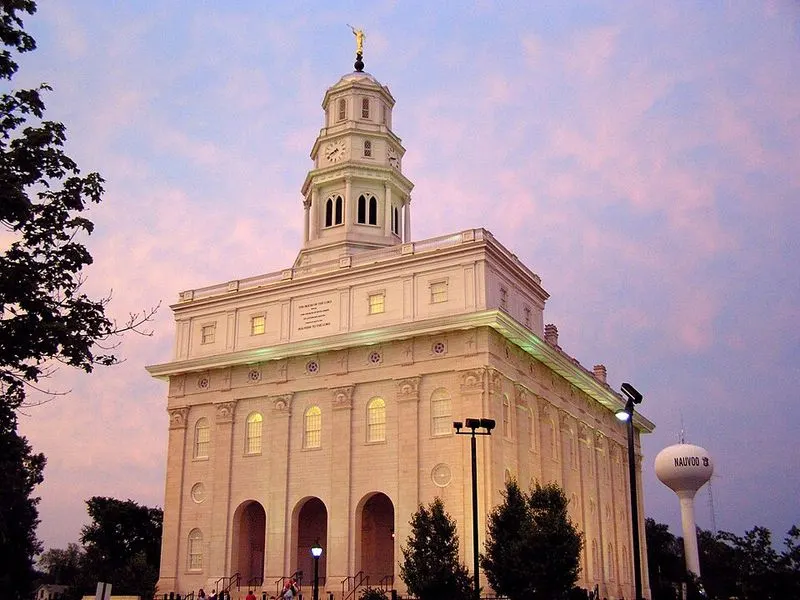
Nauvoo preserves a remarkable cluster of 19th-century buildings and streetscapes, inviting visitors to step into frontier life. Restored homes and living-history programs make daily routines of the 1840s feel tangible. Interpreters demonstrate crafts, stories, and community rhythms that shaped the town’s religious and social identity. Walk between exhibits with the river glimmering nearby, connecting landscape to history. The density of preserved sites rewards slow exploration. With accessible signage and welcoming docents, Nauvoo helps you see, hear, and imagine the past in vivid detail.
LeClaire, Iowa
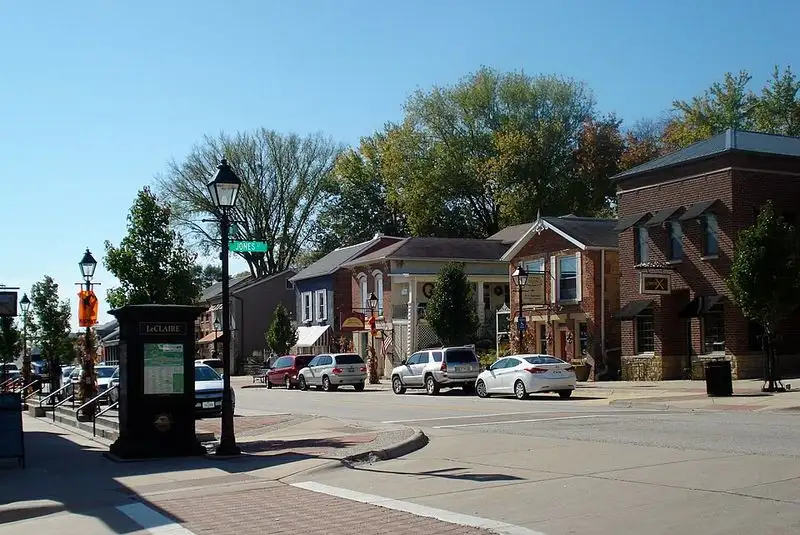
LeClaire channels its river-town roots through a lively historic district packed with antique shops, small museums, and cheerful storefronts. The well-known Antique Archaeology shop draws fans, while a local museum interprets Buffalo Bill and river history. A riverwalk stitches together views, benches, and boat traffic, encouraging easy strolls between stops. Cafés and tasting rooms provide unrushed breaks. LeClaire’s charm lies in its balance of nostalgia and present-day energy, where browsing turns into conversation and the Mississippi is never far from view.
Muscatine, Iowa
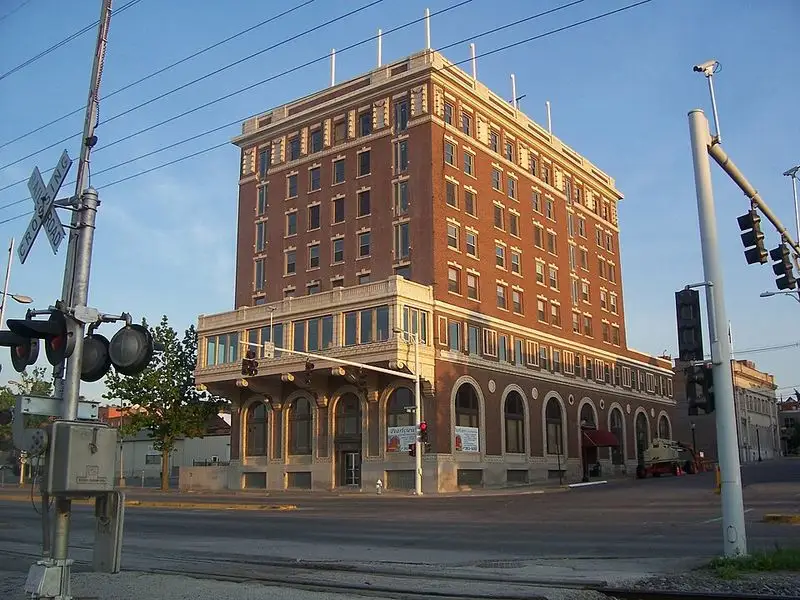
Muscatine wears its manufacturing past proudly, especially the era when it was the world leader in mother-of-pearl buttons. The National Pearl Button Museum anchors this story with artifacts, oral histories, and hands-on displays. Riverfront signage ties industry to place, tracing mussel harvesting and craft ingenuity. Today, galleries, restaurants, and murals enliven historic blocks. Stroll the waterfront, then dive into exhibits to see how small objects shaped community life. Muscatine turns a niche industry into a compelling window on resilience, invention, and identity.
Burlington, Iowa

Burlington climbs from the river on steep streets, providing overlooks and character-filled districts. The star is Snake Alley, a cobbled, tightly curving lane from the 1890s that rewards photos and careful footsteps. Nearby, small museums and historic homes deepen the narrative, while cafés and shops invite lingering between climbs. River views appear unexpectedly around corners, reminding you why this hill town matters. Burlington combines curiosity, history, and cardio into one engaging stop along the Great River Road.
Clinton, Iowa
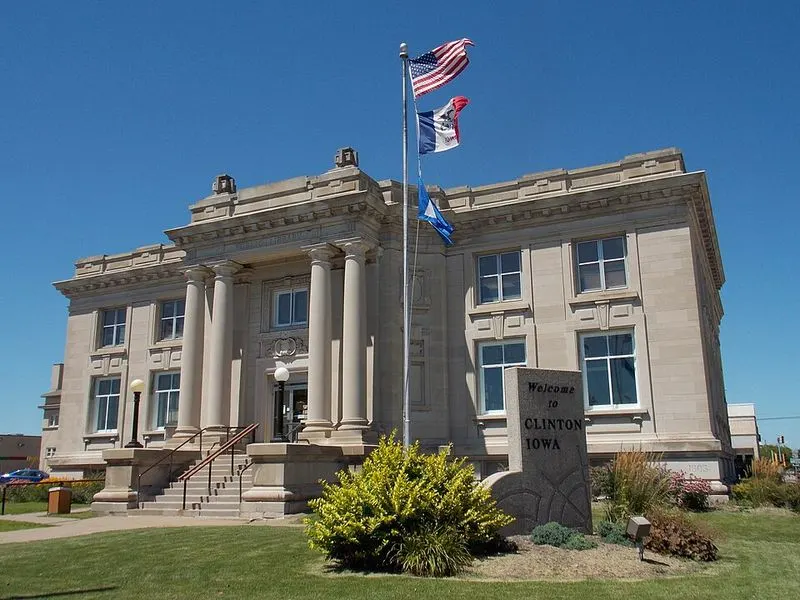
Clinton spreads along a broad riverfront framed by bluffs, with downtown blocks that blend museums and easy picnic spots. Eagle Point Park crowns the scene, offering a stone tower, WPA-era details, and sweeping views of the river. Interpretive signs make the vistas meaningful, connecting landscape to history. Back in town, browse local shops and pause at riverside benches to watch barges move. It’s a place for unhurried afternoons, where a simple park visit becomes a highlight of the trip.
Keokuk, Iowa
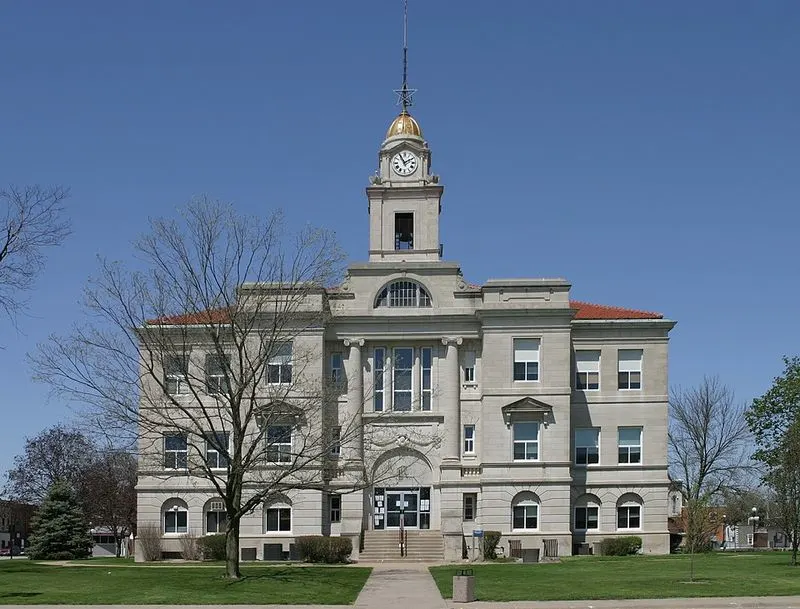
At Iowa’s southeastern corner, Keokuk’s identity is inseparable from the river’s working might. Lock & Dam No. 19 offers observation points where you can watch massive barges and understand the navigation system. Interpretive panels explain engineering feats and the commerce that flows past. Historic districts and river parks provide quieter moments between industrial spectacles. The juxtaposition of machinery and water is compelling, reminding travelers how the Mississippi moves goods and stories. Keokuk turns infrastructure into an engaging, educational stop.

